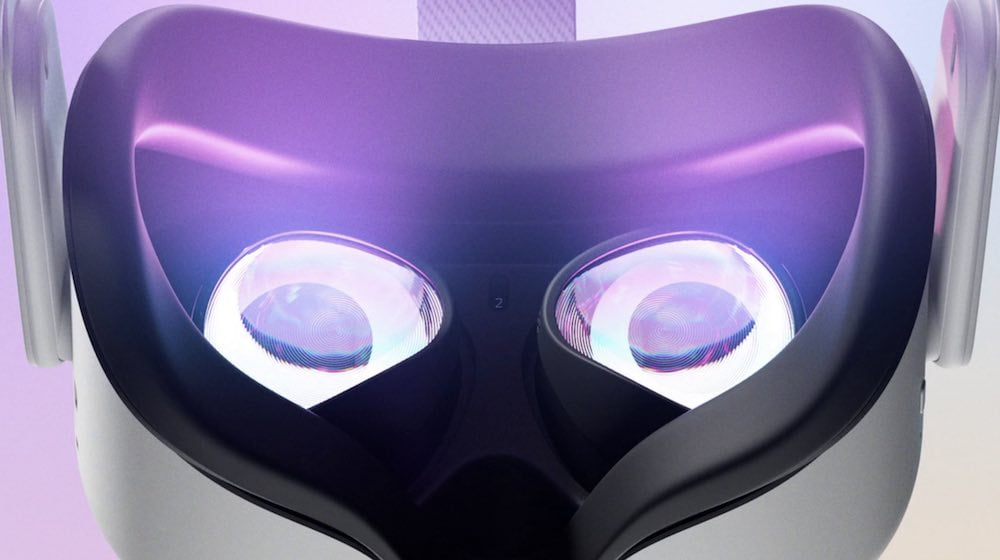Meta CTO on wide VR FOV, new hand tracking interface, and controller upgrade

While other VR headset manufacturers are trying to expand their field of view, Meta has held back so far. Meta's CTO Andrew Bosworth explains why.
A field of view is undoubtedly important for immersion. However, there is disagreement about how large the field of view needs to be. While enthusiasts swear by a field of view of 170 degrees or more, the broad masses settle for the standard 100 degrees or so. That's much narrower than the human field of view, but it's practical and, most importantly, affordable.
The Pimax devices are known for their wide field of view of up to 200 degrees, but struggle with distortion at the periphery of the field of view. The XTAL 3 offers a distortion-free 180 degrees, but costs as much as a used car. And then there's the Valve Index (review), which extends the field of view up to 130 degrees and costs a four-digit euro amount.
Wide field of view: "Not the right compromise"
A particularly wide field of view is not a big issue for Meta: Since the first commercial VR headset, the Oculus Rift (2016), it has remained more or less the same and is between 90 and 110 degrees, depending on the measurement method. And that's not likely to change anytime soon. In his latest Q&A on Instagram, Andrew Bosworth, head of engineering at Meta, explains why.
"FOV is a really expensive thing to increase because you're adding a lot of pixels by definition that won't be that useful. They'll be in the periphery and they're just as expensive in terms of power. So far, it hasn't felt like the right tradeoff."
Many factors go into headset design, including shape and size, weight, performance and waste heat, as Bosworth repeatedly points out. Improving one factor comes at the expense of another. In this merciless cost-benefit trade-off, the field of view has so far drawn the short straw.
Increasing the field of view: vertical growth is more worthwhile than horizontal growth
If Meta decides to invest in a larger field of view one day, it could grow vertically instead of horizontally. At least that's how Bosworth would like it, who "played demos with really wide FOV glasses and enjoyed it."
"Actually, a really tall FOV had way more immersive capacity for some reason. I could feel like I was at the edge of a cliff," says Bosworth, who has tried devices with a large field of view.
Some more information from Bosworth's Q&A session:
- Meta is working on a hand-tracking optimized user interface for Quest and Cambria.
- Pancake lenses, such as those used in Cambria, enable a more compact headset design, but they also have disadvantages. Because the light is folded many times, corresponding devices sometimes require two to four times as much energy for the same display brightness compared to Fresnel lenses.
- The new Cambria controllers will be a "pretty serious upgrade," Bosworth promises. Meta has yet to comment on the new input devices.
- Despite difficult macroeconomic conditions, Reality Labs will continue to "grow and expand," but keep its growth "in line with the rest of the business."
Note: Links to online stores in articles can be so-called affiliate links. If you buy through this link, MIXED receives a commission from the provider. For you the price does not change.